N-1ws #25: Road wheels with wings, more wide shoes, and a whole lot of new gravel tires
It’s Unbound weekend – which means we should prepare for a deluge of new gravel tech soon.
Featured in this week’s tech round-up:
Road riding has lost its luster (at least for me)
DT Swiss officially unveils its new gravel suspension fork – and I’m a little ambivalent about it.
Coefficient Cycling’s wheel designers have apparently been chugging Red Bull.
Goodyear announces a welcome expansion of its gravel tire family …
… and so does IRC.
Specialized has quietly added a Wide version of its S-Works Ares 2 road shoes.
Garbaruk’s ultralight cassette for SRAM XPLR drivetrains is pretty darn ok.
I got my first road bike in 1988 (and holy crap, does typing that make me feel old). Schwinn Traveler, lugged steel frame and fork, pearl white paint, Shimano SIS down tube shifters. Paid $300 for it at Circle Cycle in Huntington Station, New York. It wasn’t anything particularly special, but man, did I ride the crap out of that thing. It’s the bike that made me fall in love with cycling, and I wish I still had it.
I remember exploring all of those quiet old wooded roads near my house, riding under the shaded canopies and meandering through the grand estates once occupied by oil barons and banking tycoons and all sorts of other old money. I’d usually head north toward the Long Island Sound, then east or west. I remember racing friends up the climb to Sagamore Hill – barely 46 m (150 ft) of elevation gain from when you turn off the main road, but it may as well have been Alpe d’Huez back then – and slogging up the steep lefthand hairpin on the aptly named Snake Hill Road, making my way east before turning back south on Goose Hill Road back down to Cold Spring Harbor.
I could certainly be viewing those simpler times through the proverbial rose-colored glasses, but I really do remember them as an awfully idyllic period of my life on the bike: an endless array of routes, quiet roads, interesting terrain. So many places to see and explore.
I adored road riding. The feeling of motoring along under your own power. The sounds of your tires humming along the asphalt and a freshly oiled chain whirring through the pulley wheels. The satisfaction of arriving at a destination without burning a single dead dinosaur (and yes, I know oil doesn’t actually come from dead dinosaurs so don’t @me).
Looking back, what strikes me is how my own well-being was never at the front of my mind while I was pedaling along the side of the road. Of course, it’s entirely possible – likely, even – that I was just oblivious to the risks, but then again, I just don’t recall a driver ever honking their horn at me, yelling out the window, raising a fist or middle finger, throwing something in my direction, or threatening me in general.
In always just felt … safe.
I don’t know if it’s society that’s changed or the prevalence of smartphones or vehicles getting bigger or whatever, but I don’t feel that way now – nor have I for a while.
I’ve lost count of how many riders have been killed on roads just a few minutes from my house.
There was the expectant father, Alejandro Acosta, who was killed in 2021 descending back into town when an oncoming driver turned in front of him. The sonogram attached to his ghost bike of the baby he never got to see absolutely wrecked me; his memorial site was repeatedly vandalized. The driver got two years of probation and community service.
A father of three, Bill Davis, was killed in 2016 by a repeat DUI offender who fled the scene and was found with 25 empty cans of beer in her vehicle. She was sentenced to 12 years in prison, however given how the penal system usually works in the United States, she’ll be released well before then (she may be out already for all I know). At the sentencing hearing, her father said that, “biking right next to a 3,000-pound vehicle is a recipe for disaster.” Apple doesn’t fall far from the tree, I guess.
Phil and Sharon Howrey – some old customers of mine from my Michigan days – had moved to Boulder, Colorado from Ann Arbor so they could live out their retirement riding the iconic and scenic roads of the Rocky Mountains. Like with Alejandro, Phil was killed in 2011 as he was descending out of the foothills by an oncoming dump truck driver who turned in front of him. Phil was a kind man in his 70s and I knew him well enough to know he wasn’t exactly a daredevil descender. Meanwhile, the driver had been convicted of road rage against another cyclist two years prior, not far away from where he killed Phil. This time, he received 120 days of home monitoring plus some probation, community service, and a nominal fine.
Sharon forgave the driver at the sentencing hearing, saying, “Phil would not want us to be stuck in our sadness. He would want his death to further something helpful.” Sharon is a diminutive figure, but nevertheless a much bigger person than I am.
Of course, there’s Magnus White, the promising US junior national team rider who was nearly back home from his last training ride before heading to Glasgow, Scotland for the XC world championships. He was killed midday in 2023 by a 24-year-old woman who fell asleep behind the wheel after partying all night. She’ll be sentenced in a few days but can only receive a maximum of six years in prison. His parents, Jill and Michael, founded a non-profit called The White Line dedicated toward affecting meaningful change with respect to rider safety on the road.
And then just a couple of weeks ago, a rider from a neighboring city, John Wilkinson, was killed by a hit-and-run driver who plowed into him from behind and then dragged his bike for miles before claiming the vehicle “had been missing for a time” despite having texted a friend a video (shot from inside the car) of the smashed windshield.
All of these incidents happened practically within shouting distance of my house, on routes that I not only know well but have ridden myself countless times. They’re wide open roads, too, with generous shoulders in most cases and clear lines of sight. Most of them are also just flat-out beautiful (and fun) to ride – but I don’t want to ride them anymore.
Each of those deaths has steadily eaten away at the joy I once felt when riding on the road.
I now choose routes that I know are less regularly traveled, and ride during off-hours when there are fewer cars on the road. I don’t ride in big groups because that always seems to piss people off. I religiously run a Garmin Varia radar and a front DRL, but even when I know cars are coming, I still cringe whenever one passes from behind. Road riding these days isn’t peaceful or relaxing or restorative like it once was; it’s stressful and nerve-wracking. I no longer let my mind wander out of fear that the one moment I stop being my usual hyper-vigilant self is when I’ll become another statistic.
In all honesty, these days I mainly only ride on the road because I have bikes and associated gear to test. Meanwhile, the absolutely gorgeous Custom All Road that Enve built for me during the pandemic mostly gathers dust on the wall. The last time I did a ride that was 100% on paved roads was a fundraiser event last September – mainly because it included a paved climb that was closed off to motor vehicle traffic that I otherwise would never even think of riding.
I miss so many things about riding on the road. But a big part of me wonders if I can ever truly enjoy it again like I used to. After all, there aren’t many hobbies out there where death is a very real potential consequence of participation.
Maybe I’m just done – but I hope not.
In the news
DT Swiss and Canyon release official details on its new F 132 One gravel suspension fork
The spiel: Well that didn’t take long. Just days after teasing a new gravel suspension fork, DT Swiss and Canyon have officially pulled back the curtain on its new F 132 One.
The F 132 One casts a distinctive profile with its dropped crown design and reverse arch, not to mention the semi-internal routing for the front brake hose (and the fully internal routing for the remote lockout cable and housing). The remote lockout design is worth mentioning, too, as instead of a typical spring-loaded, two-position ratchet-style mechanism, the F 132 One sports a rotary valve that toggles on and off just with repeated stabs at the bar-mounted lever.
Aside from that, the specs of the F 132 One seem similar to what’s already offered from several other competitors.
Travel is set at 40 mm, and DT Swiss says tires up to 700x50 mm will fit just fine. Inside one leg of the F 132 One is a dual-chamber air spring with self-equalizing positive and negative chambers. The other leg houses an oil-based damper with the aforementioned remote lockout and external adjustable rebound damping (compression damping is pre-set at the factory). DT Swiss has built some versatility into the F 132 One, too, with fender mounts for foul weather as well as removable cargo mounts if you decide to do a little bikepacking.
Claimed weight is 1,340 g without the axle, lockout remote, or cable and housing.
As for the Canyon part of the story, the two companies have struck an exclusive partnership for OEM. Canyon will include the F 132 One stock on a special variant of its Grail CF carbon fiber gravel bike that’ll only be offered in Europe, and at least for now, the F132 One won’t be offered aftermarket, either.
My take: With the caveat that I haven’t yet had an opportunity to ride the F 132 One, I have to admit that I was hoping for a little more here.
Though the partially internal routing and removable cargo mounts set the F 132 One apart to some degree (it’s worth noting the MRP Baxter has included cargo mounts since the first-gen model was introduced in 2021), DT Swiss’s new gravel suspension fork – at least on paper – strikes me as a bit of a me-too product.
DT Swiss included some performance data in the F 132 One’s press kit, but the only thing mentioned was the vastly improved “roll over” performance – as compared to a rigid fork. Uh, it would have been pretty shocking if the results suggested anything otherwise, no? The 1,340 g claimed weight is also heavier than similar models from Fox and RockShox (and by an especially wide margin to Cane Creek’s carbon fiber Invert).
Gravel suspension forks are all about small-bump compliance and tempering the occasional unexpected bigger impact, but DT Swiss hasn’t made much mention of either. I would have loved to see some detail on how the positive and negative chambers were perhaps tuned to reduce the breakaway force, for example, or maybe a deep-dive on how the company has tweaked the high-speed and low-speed compression damping to keep the fork from bobbing under regular pedaling forces while still being active when needed.
Even more confusing, Canyon is bolting the F 132 One to an otherwise-standard Grail CF frame, which notably isn’t suspension-corrected.
Maybe I’ll change my tune if/when I’ve had an opportunity to ride this, but at least for now, consider me a little underwhelmed.
Coefficient Cycling’s new Coanda UL31 aero road wheels are wild
The spiel: It’s been a few years since we’ve seen any major innovations in the aero road wheel world, but that might change with the introduction of Coefficient Cycling’s radical Coanda UL31. Instead of using any sort of even semi-traditional airfoil-like cross-section, the Coanda has a wild three-dimensional shape that embeds a series of wing-like surfaces into a dramatically truncated trailing edge. According to Coefficient Cycling, that unusual shaping creates a low-pressure zone around the spoke nipples and allows the 28 mm-deep Coanda to mimic the aero efficiency of “a much deeper section rim”, but with the lower weight (and better crosswind performance) of a shallow-profile wheel.
The claimed weight? Just 1,300 g per pair.
The 25 mm internal and 31 mm external widths are also well suited to modern higher-volume tire sizes (the Coanda is officially approved for tires from 28 to 50 mm), they’re built with proven DT Swiss 240 hubs, and Coefficient has gone with a hooked tire interface for maximum tire compatibility (not to mention peace of mind for riders leery of hookless).
The heady US$4,000 retail price isn’t entirely surprising given the apparent complexities of molding such a rim (and the DT Swiss hubs), but weirdly enough, Coefficient Cycling has already put the Coanda UL31 on sale for US$3,300 despite it just being launched within the last couple of weeks.
My take: These are truly bonkers, at least visually. Coefficient sent over a test set that I unfortunately haven’t had a chance to ride yet, but if the company’s claims are to be believed, the Coanda could really shake things up a bit. Bonus points for the DT Swiss hubs, too.
That said, I’m not entirely clear how this concept differs fundamentally from wavy-rim wheels we’ve already seen from the likes of Zipp, Princeton Carbon, Fulcrum, and others, and I can already tell that it’s going to be difficult to keep the Coanda UL31 wheels clean – particularly if you’re tempted to run these as gravel wheels like I am.
Regardless, kudos to Coefficient Cycling for thinking outside the box.
Goodyear expands its range of gravel tires
The spiel: Goodyear’s gravel tire range has essentially consisted of a single tire offered in multiple sizes, but that lone Connector model finally has some company with the new Connector Inter, Connector Speed, and Connector Slick. All three feature a new “Race” 120 TPI nylon casing for lower weights and reduced rolling resistance as compared to the standard all-purpose Connector, but still with reinforced sidewalls that Goodyear claims to “improve strength by 67%.” All three are offered in both black and transparent sidewalls, but only in 700c diameters.
Goodyear says the new Connector Inter is the “most versatile in the lineup” with its tightly spaced and low-weight center tread, medium-height and more openly spaced transition knobs, and taller shoulder blocks. These are offered in 40, 45, and 50 mm widths, with claimed weights ranging from 490-610 g.
The Connector Speed is basically a full-on semi-slick, with just a micro-fine tread across nearly the entire crown, coupled with a single row of small, low-height siped shoulder knobs for some cornering security. These are also being offered in 40, 45, and 50 mm widths, but with lower claimed weights from 445-570 g.
Finally, the Connector Slick is pretty much what it says on the tin, with a full slick tread down the center and the same micro-fine tread as the Connector Speed elsewhere. This one is only offered in a 40 mm width, with a claimed weight of 425 g.
Retail price for all of the new Goodyear gravel tires is US$79 / £65 / €70.
My take: This is a much-needed move for Goodyear, and perhaps long overdue. The original Connector has a good tread design that works for a broad range of conditions and my experience has proven it to be very tough, but aside from some more sizes added over the years, it’s basically been unchanged since its debut in 2018. It’s also quite slow in terms of rolling resistance.
If the new casing is genuinely a notable improvement, that bodes well for the Inter, Speed, and Slick variants (and also opens up the possibility for some interesting front/rear combos depending on the conditions and the rider’s level of skill). Goodyear didn’t mention anything to this effect, but it’d be great to see the new casing also make its way into the standard Connector.
IRC launches a bunch of new gravel tires, too
The spiel: Remember IRC? The brand has been pretty quiet lately, but the beast is apparently awakening with the announcement of four new gravel tires.
The new Boken G-Claw TLR is a high-volume 700x50 mm tire with a low-height, square-block tread similar to what mountain bike racers might prefer for a short-track event. Tightly packed and particularly low-profile dashes fill the gaps between those (slightly) taller knobs and promise low rolling resistance together with the 120 TPI nylon casing. The notably crowned profile also looks to put minimal rubber on the ground when you’re upright. Claimed weight is 610 g.
Next up, the Boken Pro looks to be more of an all-purpose, go-fast gravel tire with its middle-of-the-road 700x47 mm size, wholly slick center tread, and progressively taller transition and shoulder knob design. Claimed weight is 510 g.
As the name suggests, the new Boken DoubleCross Light is a variant of the original DoubleCross with the same variably spaced blocky tread design, but a lighter and faster-rolling 120 TPI nylon casing instead of the original’s 60 TPI one. IRC reinforces the sidewalls and incorporates a puncture-resistant belt under the tread cap to better suit the rougher terrain this tire is expected to see, but somewhat curiously, the tire sizes are limited to 700x38 and 700x42 mm. Claimed weights are 470 and 505 g, respectively.
Finally, there’s the Boken Light TLR, which like the DoubleCross Light, features a carryover tread design (this time the semi-slick pattern from the existing Boken) fused to a 120 TPI nylon casing that’s supposedly lighter and faster-rolling than the standard 60 TPI one. IRC is offering the Boken Light TLR in 700x36 and 700x40 mm sizes, with respective claimed weights of 430 and 460 g.
Retail price for all of IRC’s new gravel tires is US$65.
My take: I’ve tried the standard DoubleCross and Boken models before and had been pretty happy with them overall: tough and grippy for the former, fast-rolling and surprisingly versatile for the latter. The new 120 TPI construction should inject a bit more liveliness into them without sacrificing much in the way of durability and robustness. I wouldn’t have minded seeing some updated sizes, though.
The Boken Pro looks to be a good addition as it fills a sizable hole in IRC’s current gravel range that the company was maybe hoping would be served by the DoubleCross. The Boken Pro is lighter than the DoubleCross (and presumably faster-rolling), but perhaps more importantly, it looks more like what most gravel riders expect for the category.
The Boken G-Claw is interesting to me. It’s heavier than I’d like, but the 50 mm size is well in keeping with the latest trends and the tread design looks well-suited to the sort of underbiking I often do. That said, I still wish more companies would just go all-in on lowering rolling resistance for gravel. In this case, I really would have liked to see a bigger version of that Boken Light, using the same 120 TPI casing but in a 45 or 50 mm size.
Regardless, IRC is still in a tough spot. It’s a legacy brand with a long history – particularly in the 1990s MTB scene with popular tires like the Mythos – but it hasn’t really been in the spotlight much in recent years and has an awful lot of catching-up to do.
Specialized quietly adds a Wide variant for the S-Works Ares 2 road shoes
The spiel: Specialized made a pretty big splash when it introduced its S-Works Ares 2 road shoes back in March. Part of the attention was due to its dramatically wider and more squared-off forefoot shape compared to what the company had previously offered, which – at least in my experience so far – has made for a notable boost in all-day comfort. The rest of the attention was perhaps not so positive given the outrageous US$600 / £480 / €550 / AU$750 price tag.
Regardless, missing from the initial launch was a Wide variant, which has since been rectified, but without much (any?) fanfare. According to Specialized footwear category director Nick Gosseen, the new Wide version uses the same plate as the standard-fit Ares 2, but adds more room around the forefoot area: 8 mm of girth, to be exact, at least for a size 44 shoe.
Specialized is offering the Wide version in the full range of sizes from 36-49 (with half-sizes from 38-47), but only in the all-white color.
My take: Aside from the still-exorbitant price tag, I honestly don’t have anything bad to say about this move. Generally speaking, I’m a big fan of brands offering their shoes in a broader range of fits so as to better accommodate the huge variation in foot sizes and shapes out there.
Now, Specialized, can we please speed things up with incorporating this new toe box shape into other shoe models that mere mortals can actually afford?
TL;DR review: Garbaruk gravel cassette
I’ve been a big fan of SRAM’s Red AXS XPLR 1x13 wireless electronic gravel groupset. It offers a broader 460% range than the 400-440% of SRAM’s other XPLR versions, it shifts very consistently and precisely (not to mention quickly), and it’s impressively light with vastly improved brake lever feel as compared to older SRAM controls.
As good as Red AXS XPLR is, though, riders on the Force or Rival versions of AXS XPLR who were waiting hopefully for a lighter-weight upgrade option for their rather hefty cassettes were out of luck given the flagship groupset’s incompatible 13-speed format.
Never fear, the aftermarket comes to the rescue! Specifically, Garbaruk with its rather unimaginatively named 12-speed 10-44T gravel cassette for use with SRAM XD (or XDR) drivers and Flattop chains.
Garbaruk’s cassette mimics the Red one in the sense that nearly the entire thing is machined from a single block of chromoly steel; the largest sprocket is 7075-T651 aluminum alloy and bolted into place. The total range is the same as the Force-level XPLR XG-1271 cassette at 440%, but with an actual weight of just 278 g, it’s nearly 100 g lighter. Granted, the Garbaruk cassette’s US$305 / €280 retail price is substantially higher than the US$222 / €237 asking price for the Force XPLR cassette, but still about half the price of a SRAM Red XPLR one – and as a nice bonus, Garbaruk offers its cassette with your choice of eight different anodized colors for the largest sprocket.
Thankfully, the Garbaruk cassette isn’t just impressive on the scale. Out on the road (or trail, as the case may be), the shift performance is precise in that the sprocket spacing seems to match SRAM’s dimensions just so. The actual sprocket-to-sprocket chain movement is just slightly rougher than the stock SRAM offering, but not by very much at all, and it also got a little better with time as the machined teeth wore in.
But while Garbaruk matches the total range of the stock SRAM cassette, the Polish brand mixes things up in the middle. Garbaruk advertises its cassette as having “smaller jumps between gears to help you always stay in the right gear”, though there’s some parsing required here. The average gap across the spread is the same between both cassettes, and the standard deviations are virtually identical, too.
However, Garbaruk has made different decisions about where to put those gaps. Whereas SRAM goes with a 10-11-13-15-17-19-21-24-28-32-38-44T progression, Garbaruk goes with a 10-11-12-14-16-18-21-24-28-32-37-44T setup.
Notably, the SRAM cassette includes a sizable 18% ratio jump from the 11T to the 13T sprocket, and a 19% jump from the 32T to the 38T. The Garbaruk cassette, on the other hand, has a 17% jump between the 11T and 12T, and its biggest 19% jump comes at the very bottom of the cluster between the 37T and 44T sprockets.
Did that make for a huge difference in the saddle? While it was admittedly nice to not have that big 11-to-13T jump on the SRAM cassette when you’re rocketing downhill – likely at a pretty high cadence, no less – I wouldn’t say Garbaruk’s differences in sprocket choices were hugely impactful. More like six of one, half-dozen of the other, in my opinion.
That said, I still think the Garbaruk cassette is a solid choice if you’re interested in saving a sizable chunk of weight from your otherwise-stock 1x12 SRAM XPLR groupset. As far as weight-weenieism goes, a 100-gram drop is a big deal, and being able to do so at less than US$/gram is pretty rare these days. Aside from the very slight difference in shift performance, the weight loss doesn’t come with other sacrifices, either – my test sample has even been wearing quite well.
All in all, I don’t think I’d recommend upgrading to the Garbaruk cassette if your current 12-speed XPLR one is still in good shape, but if you’re looking to make a notable cassette upgrade when it comes time to replace your old one, this strikes me as a pretty solid option.
In the works
Ok, I’ve been talking about podcasts for a while (and have posted several), but it’s time to really get this audio train moving.
On deck are podcasts I recorded with KAV Sports discussing their use of 3D-printing for bicycle helmets; a deep-dive with Berd Technology and its innovative Trudi computerized wheel building and truing system; an interview with Richard Schwinn on what’s next for the Waterford and Gunnar brands; and a chat with a couple of brands on their decision to move further upscale rather than seek more affordability.
A word of warning regarding the n-1 podcasts: episodes have been free to all subscribers so far, but I’m likely going to be transitioning them to only being available in full to paid subscribers. I don’t know when exactly, but it’ll be sooner than later.
Upcoming
I still have a whole bunch of reviews to write up!
I’ve previously mentioned the No.22 Drifter X all-road bike review (quite possibly the most beautiful bike I’ve ever ridden) and Argonaut’s Supernaut GR3 (quite possible the best-riding gravel bike I’ve ever ridden), but I also need to write up the Specialized Chisel Comp Evo XC mountain bike and Parlee Taos gravel rig.
And that’ll do it for another n-1 weekly tech wrap-up! Sorry, no tech tip or recipe of the week this time around. It’s been a super busy week and I’m beat (speaking of which, apologies for any typos in this week’s newsletter because I’m guessing there are more than usual).


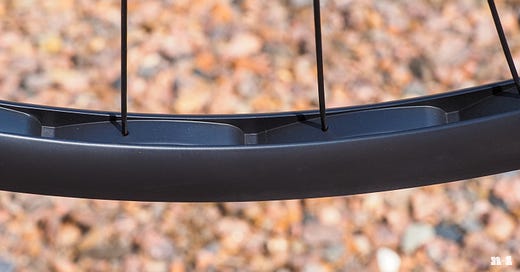



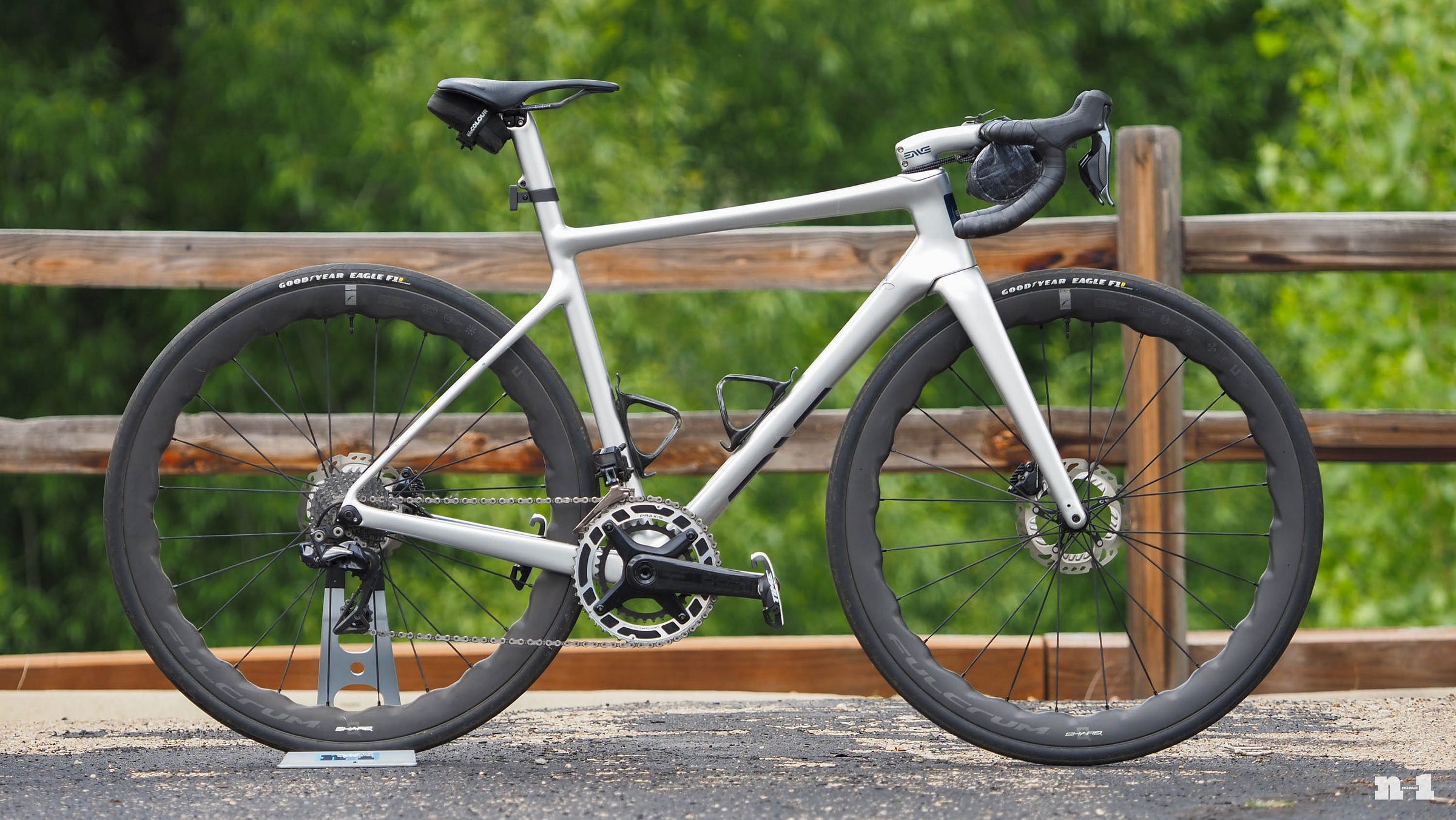

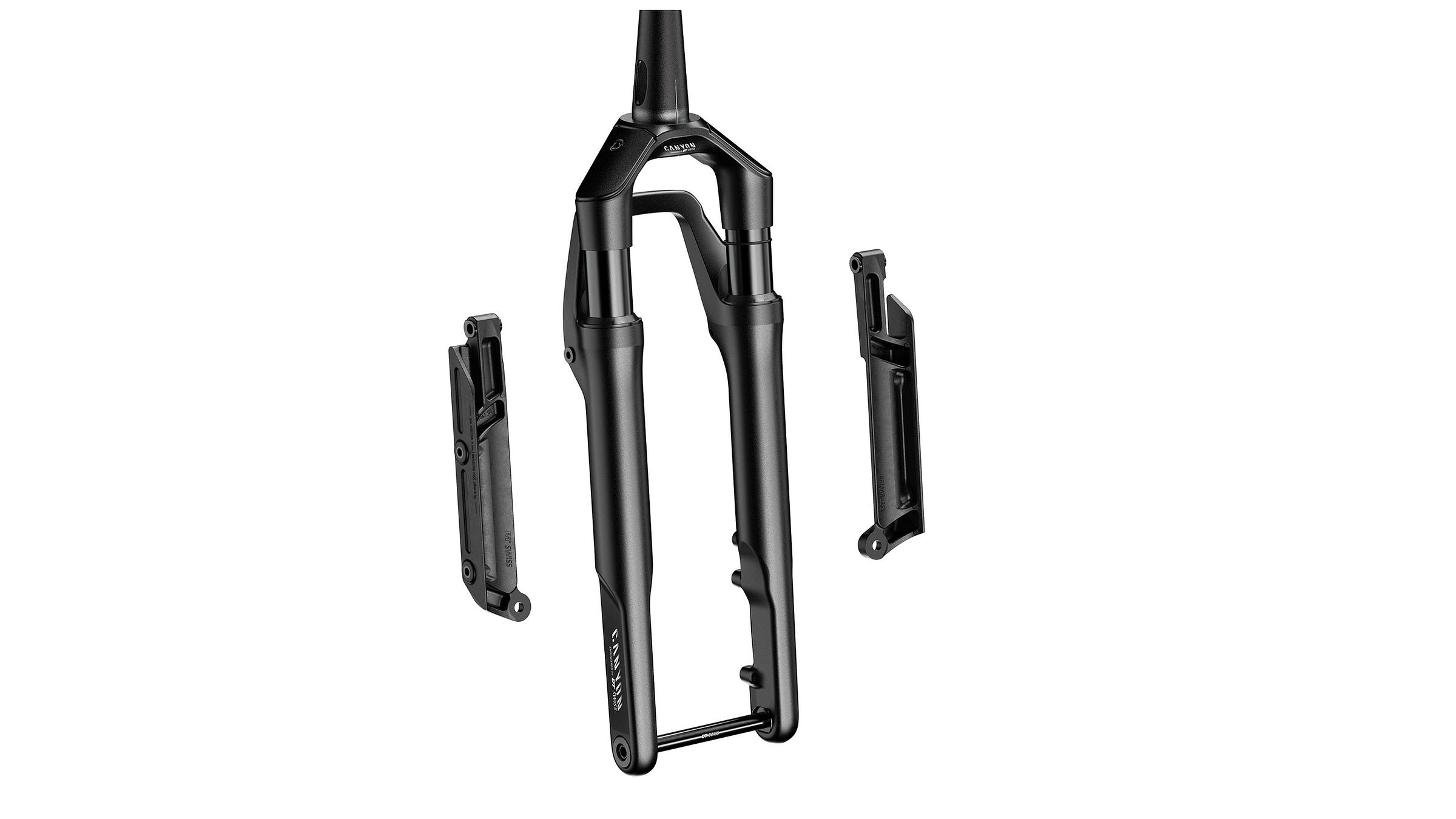
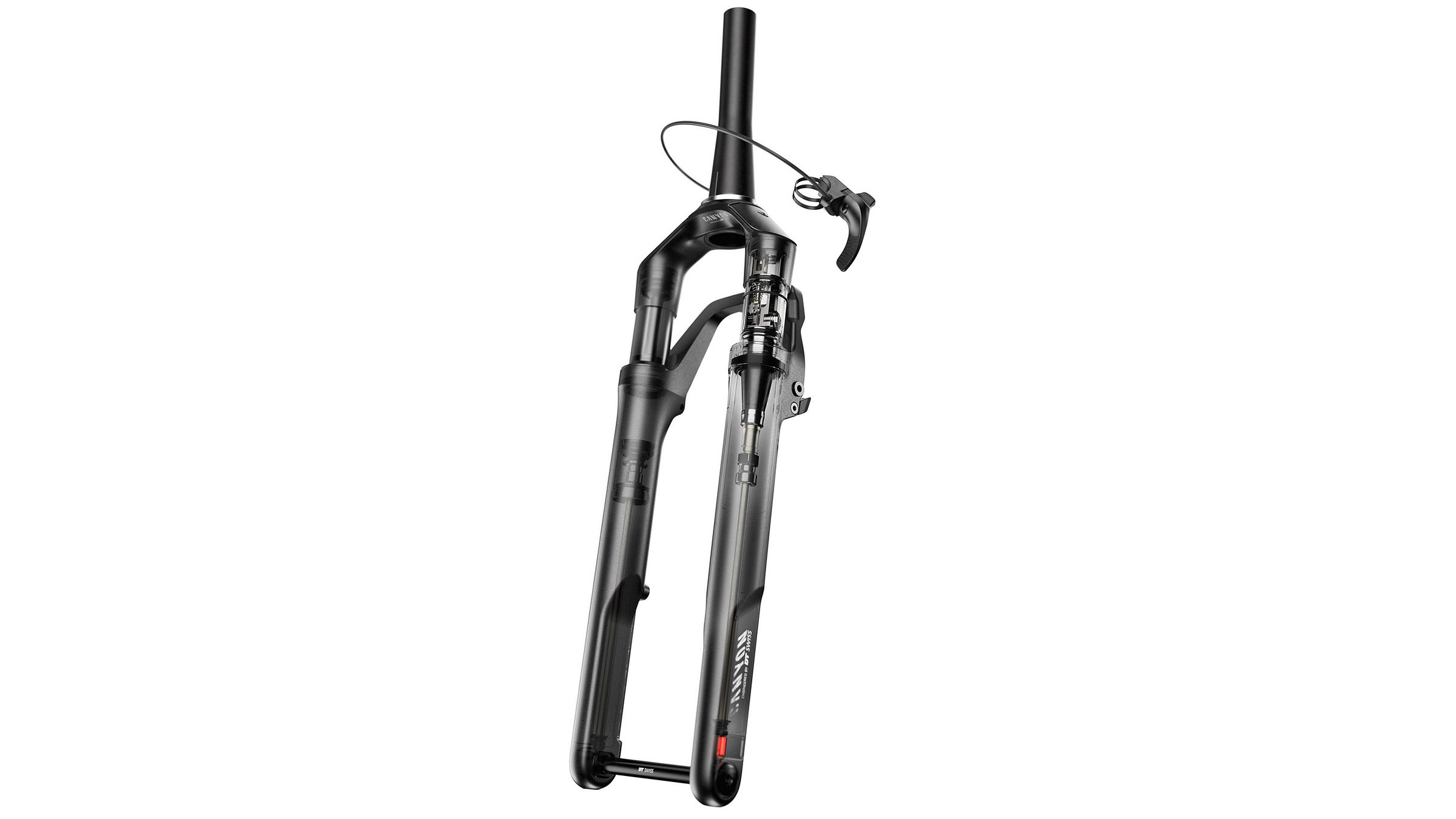
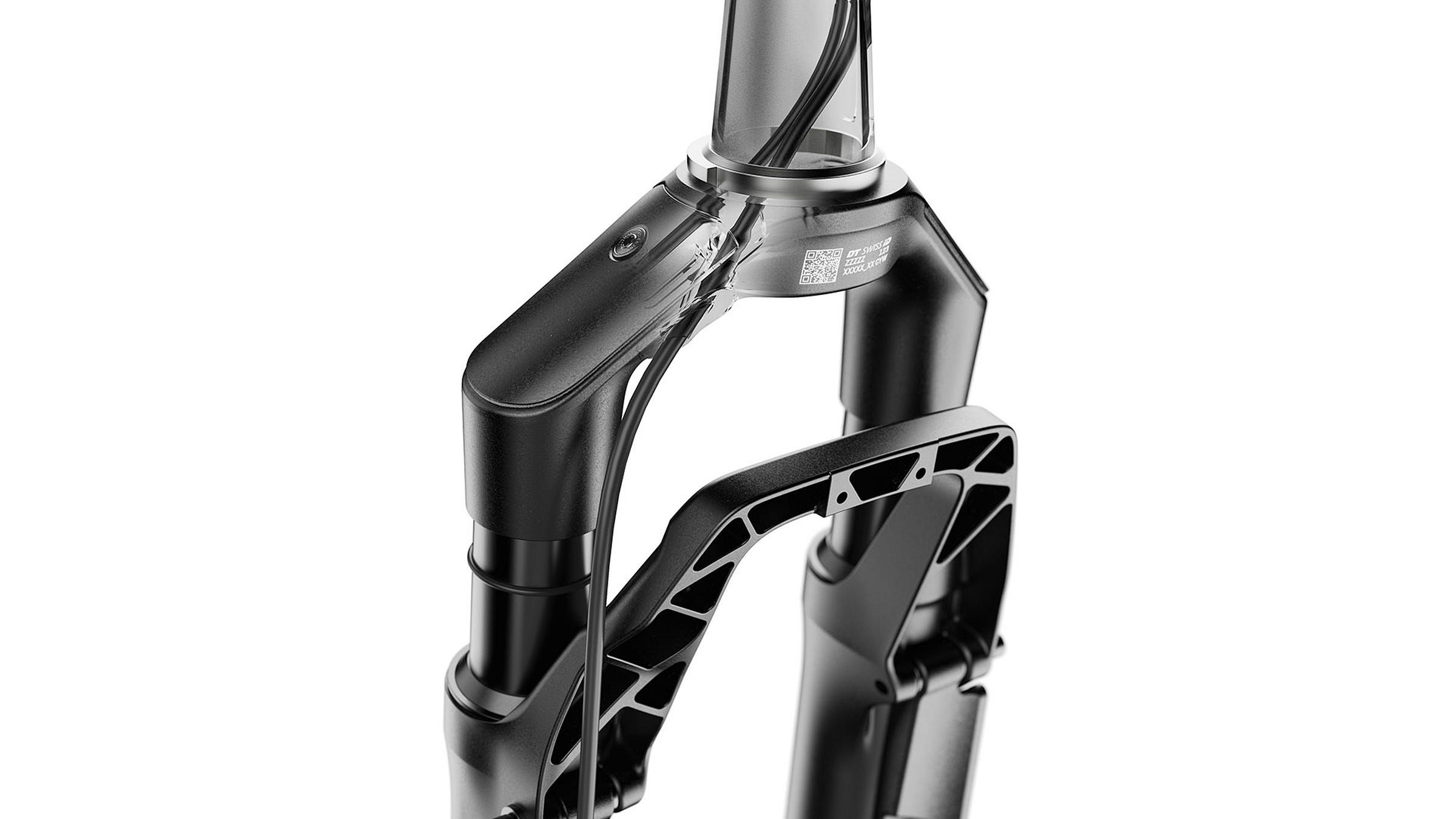


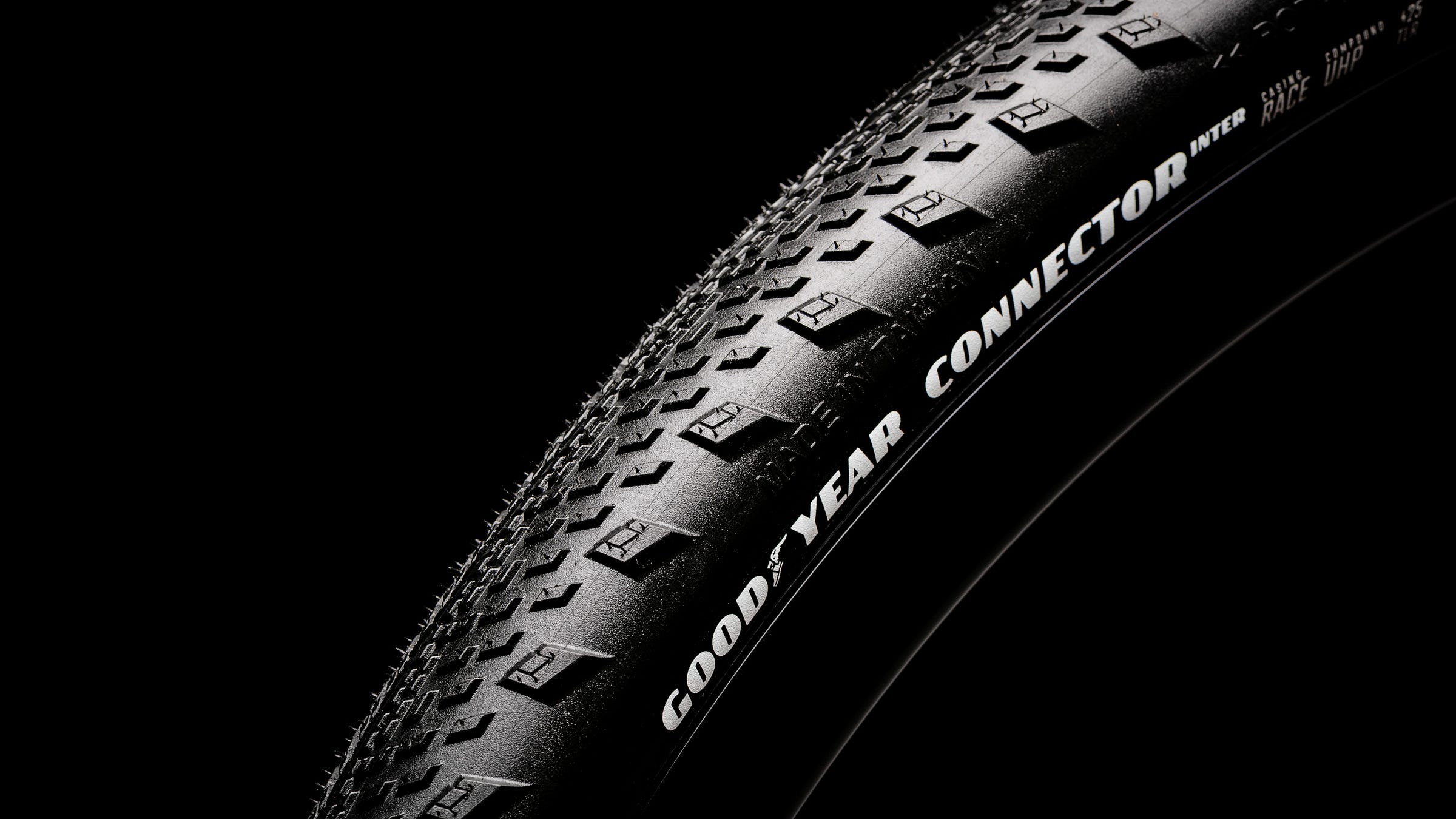

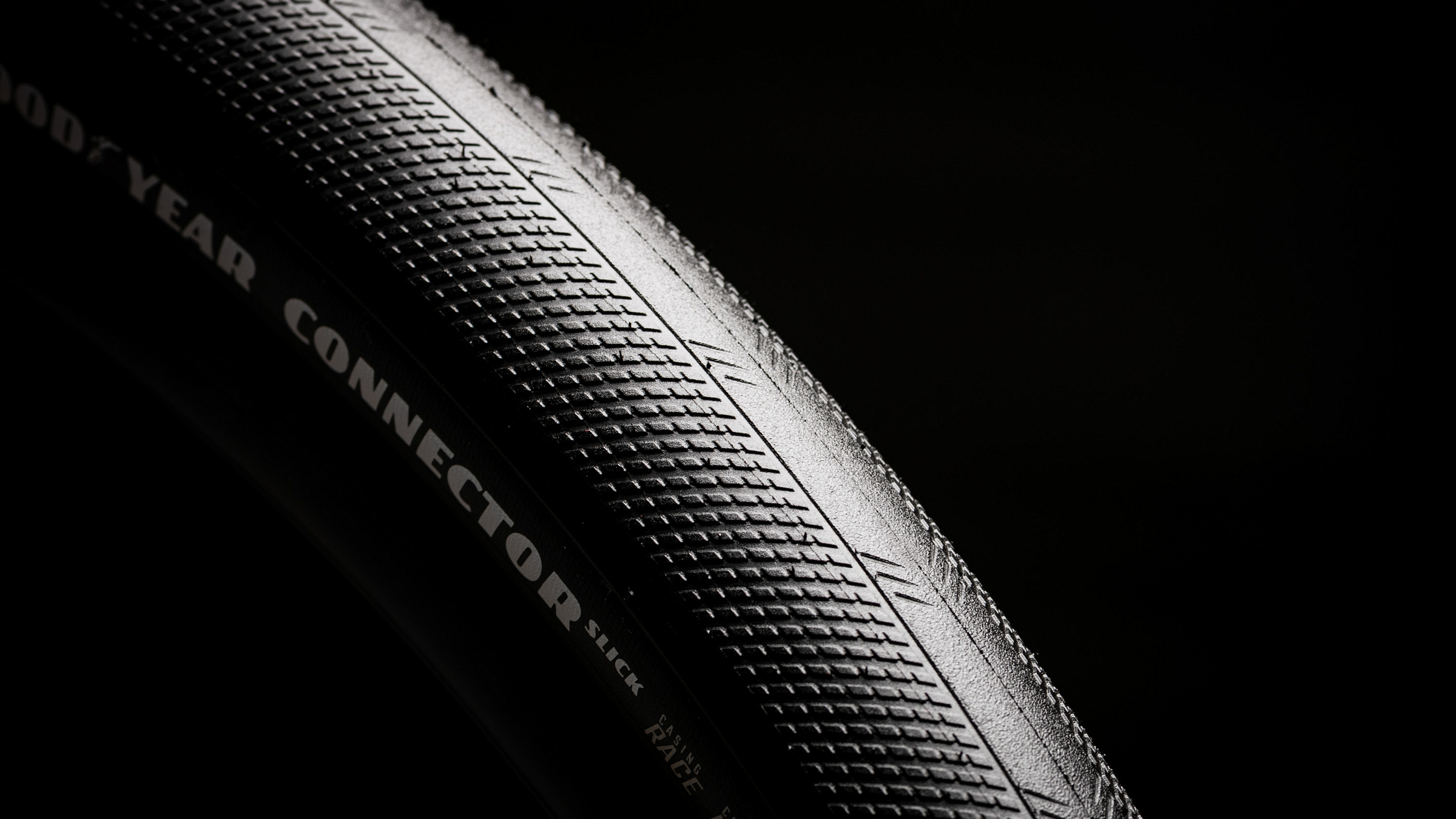

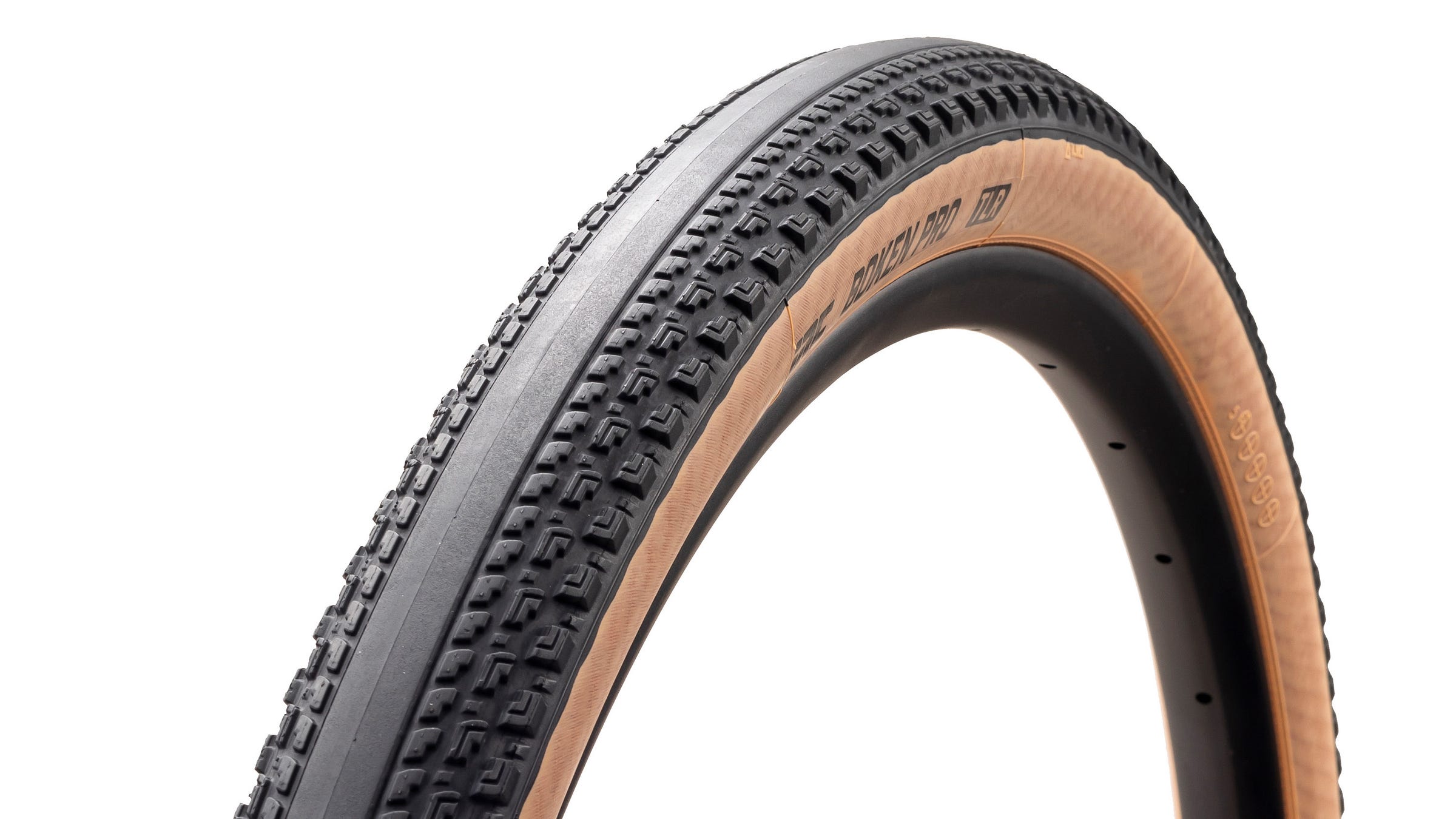

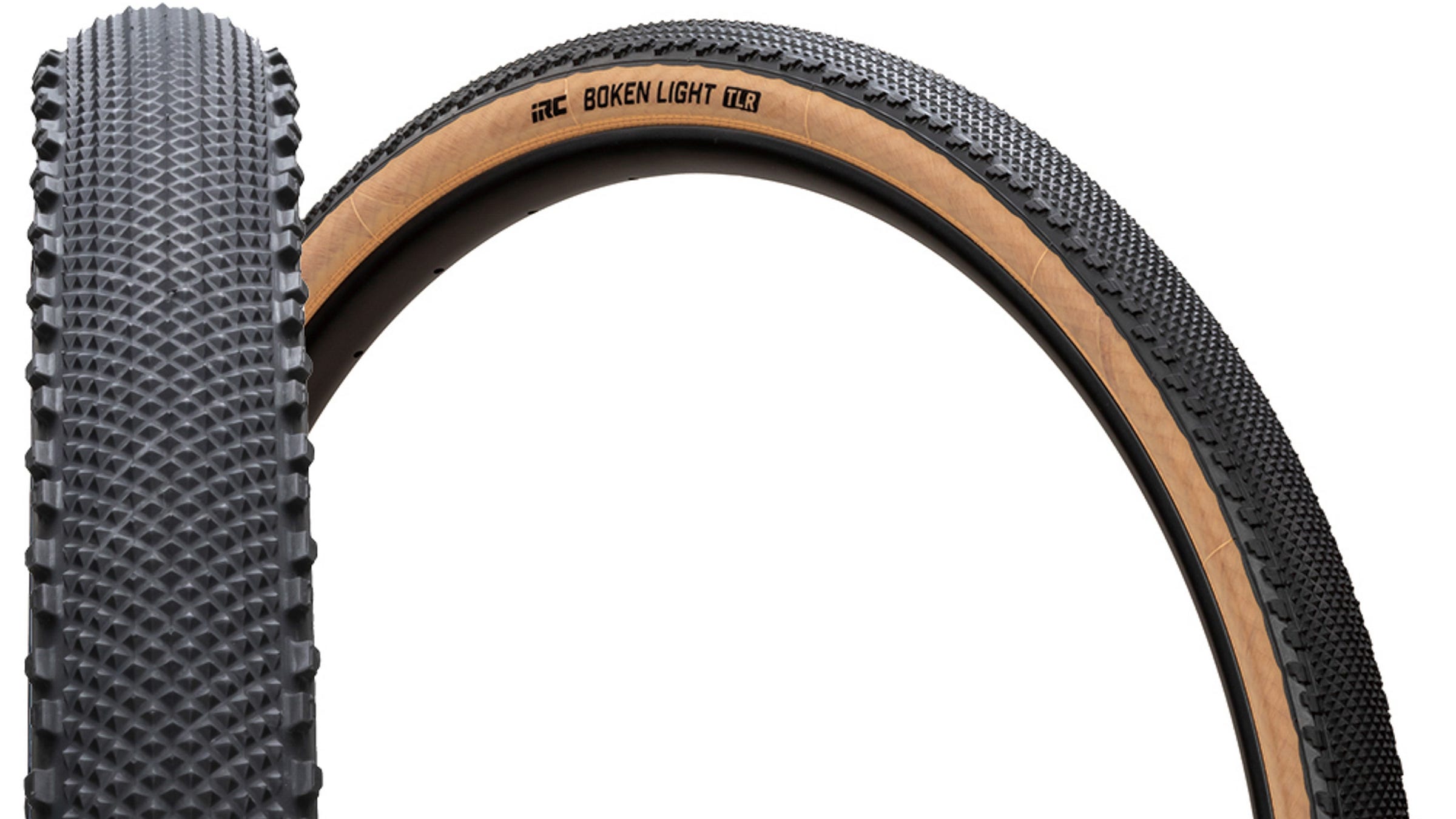
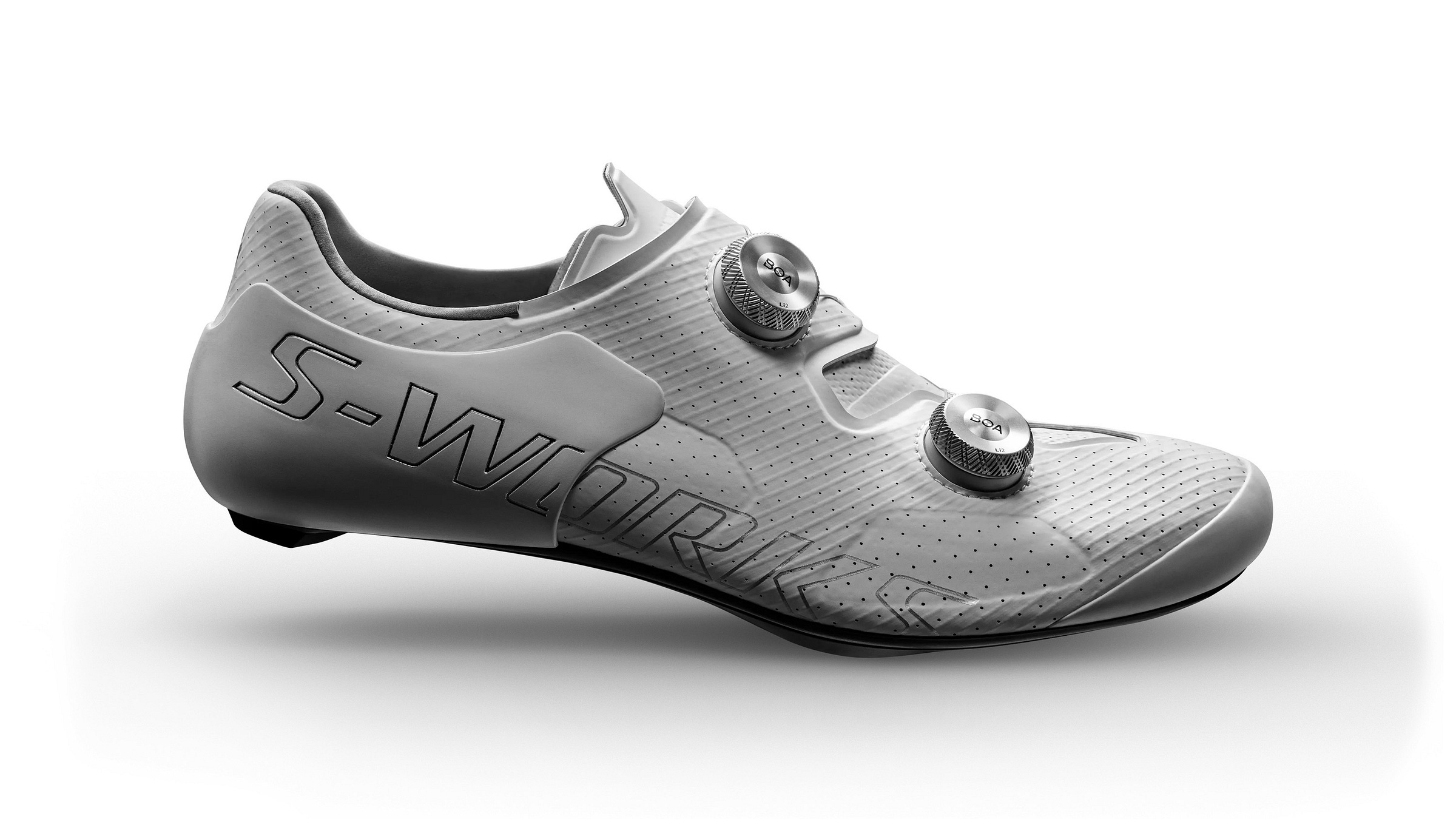
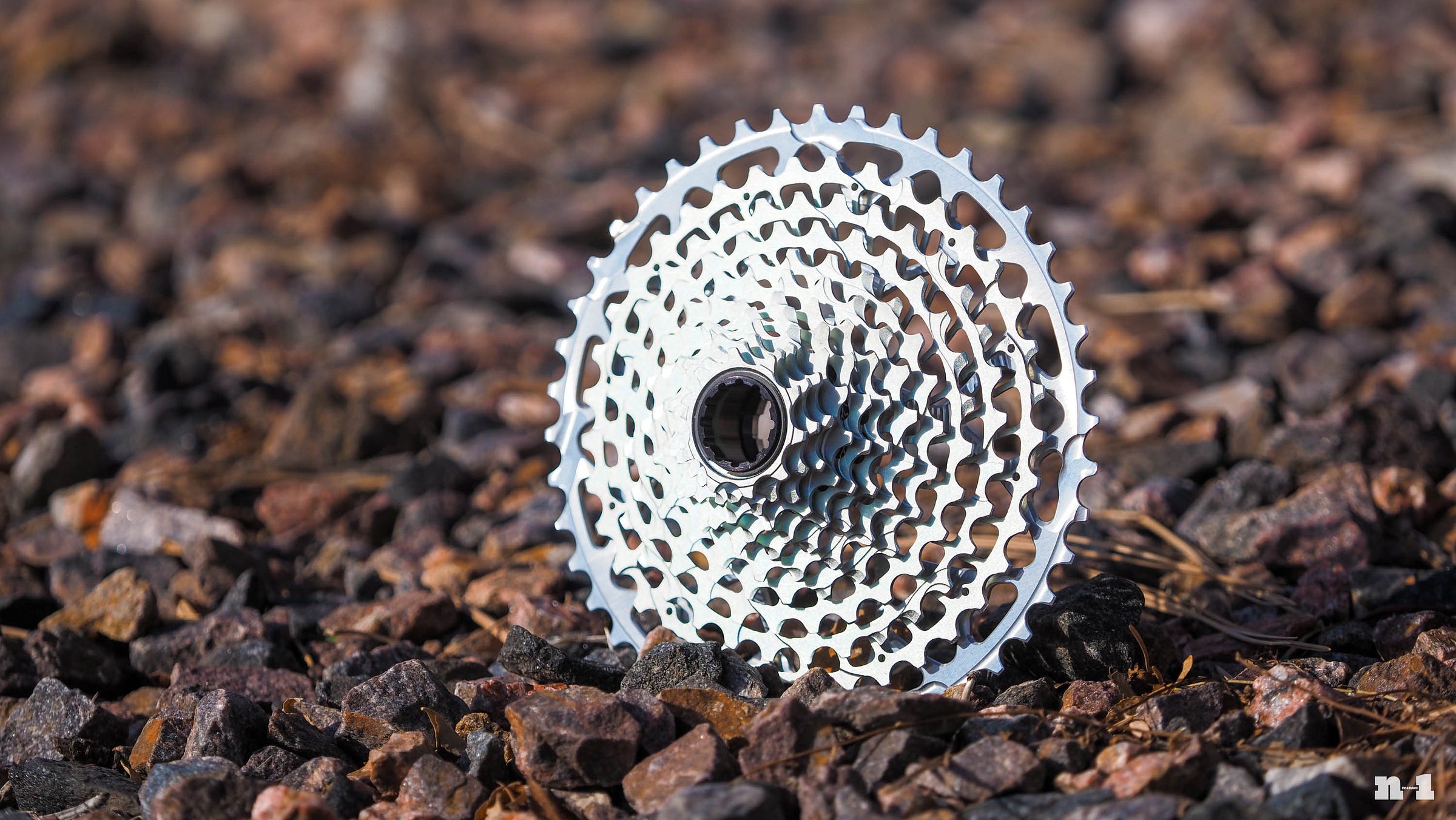
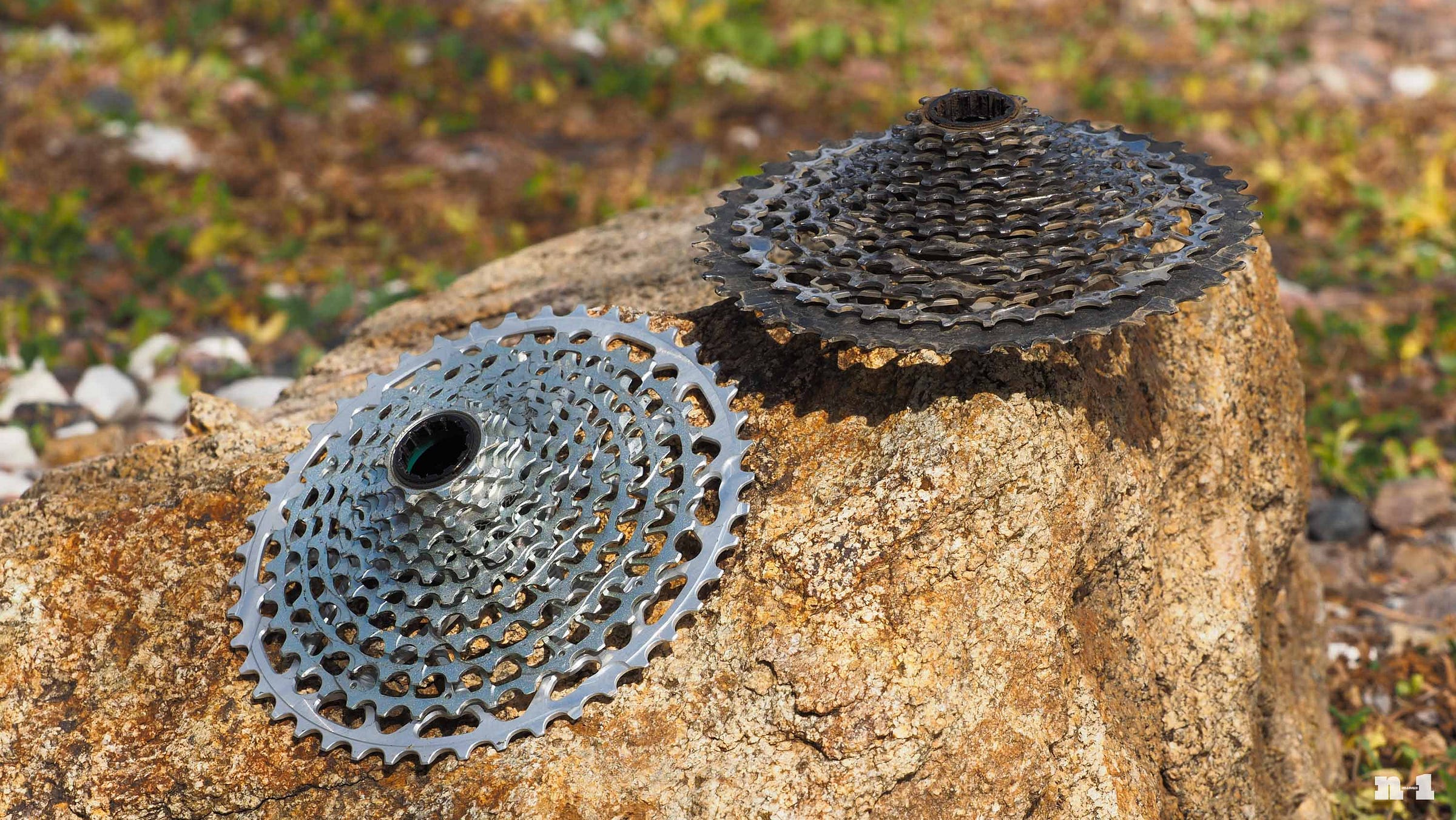

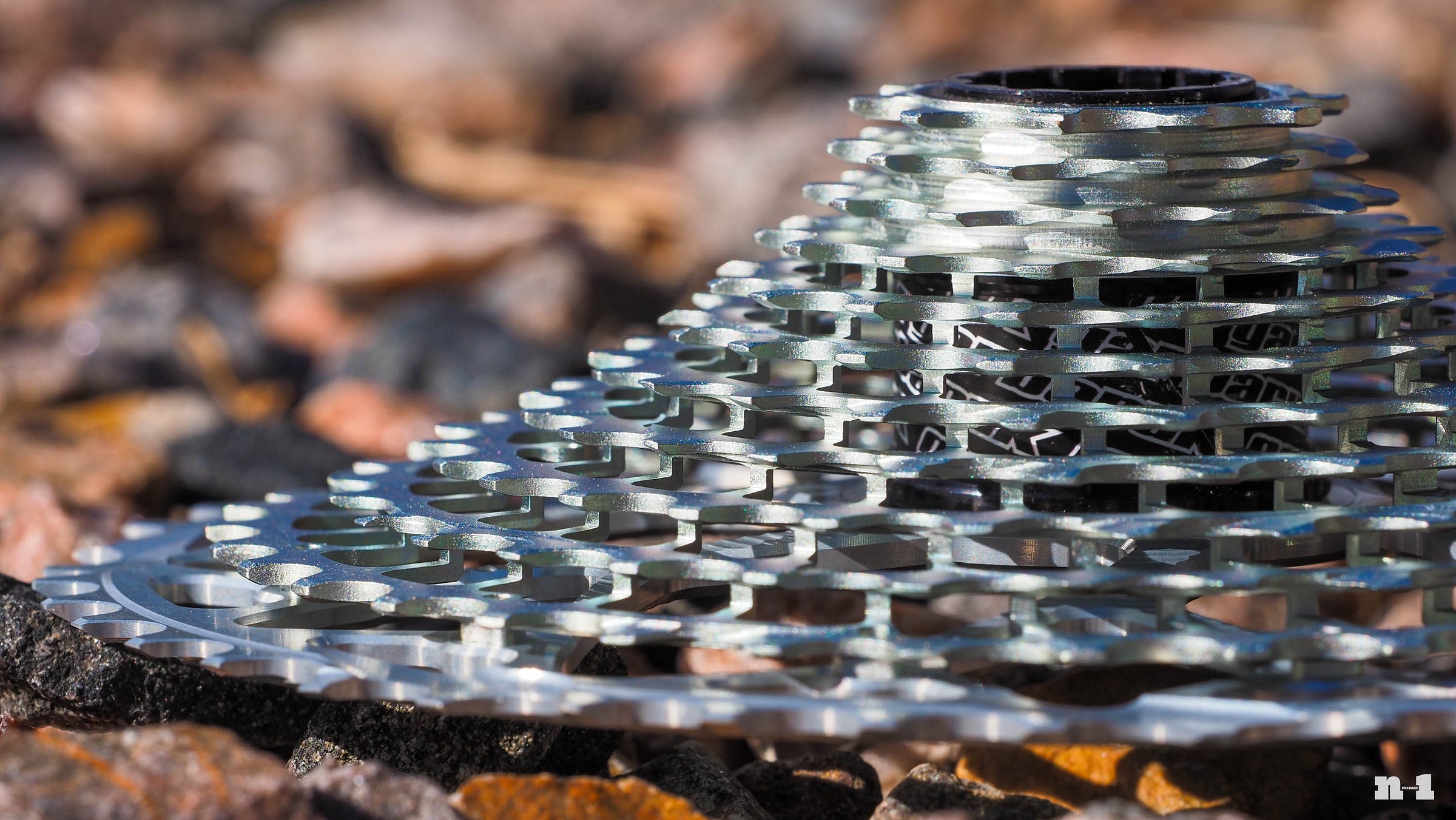
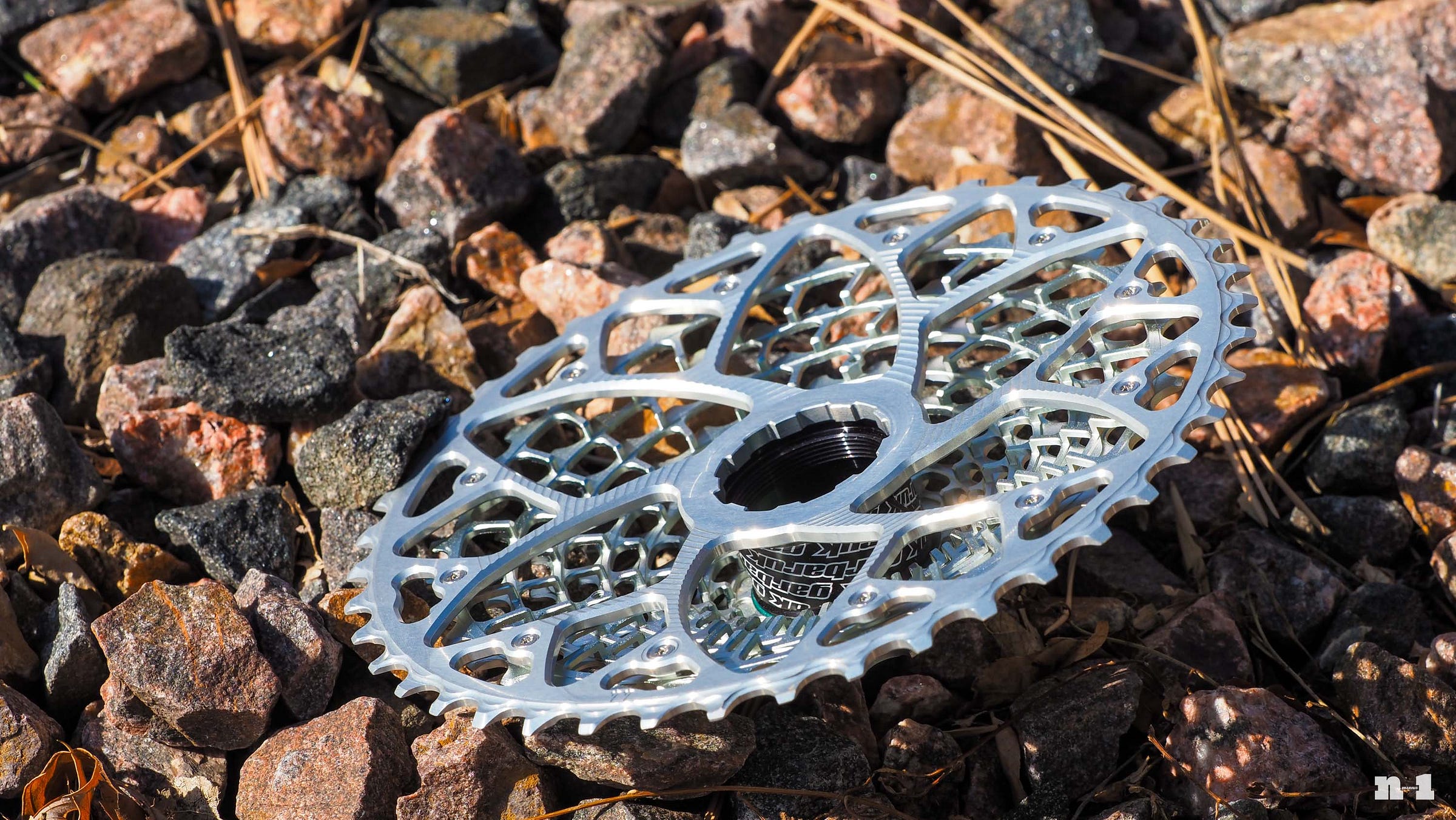
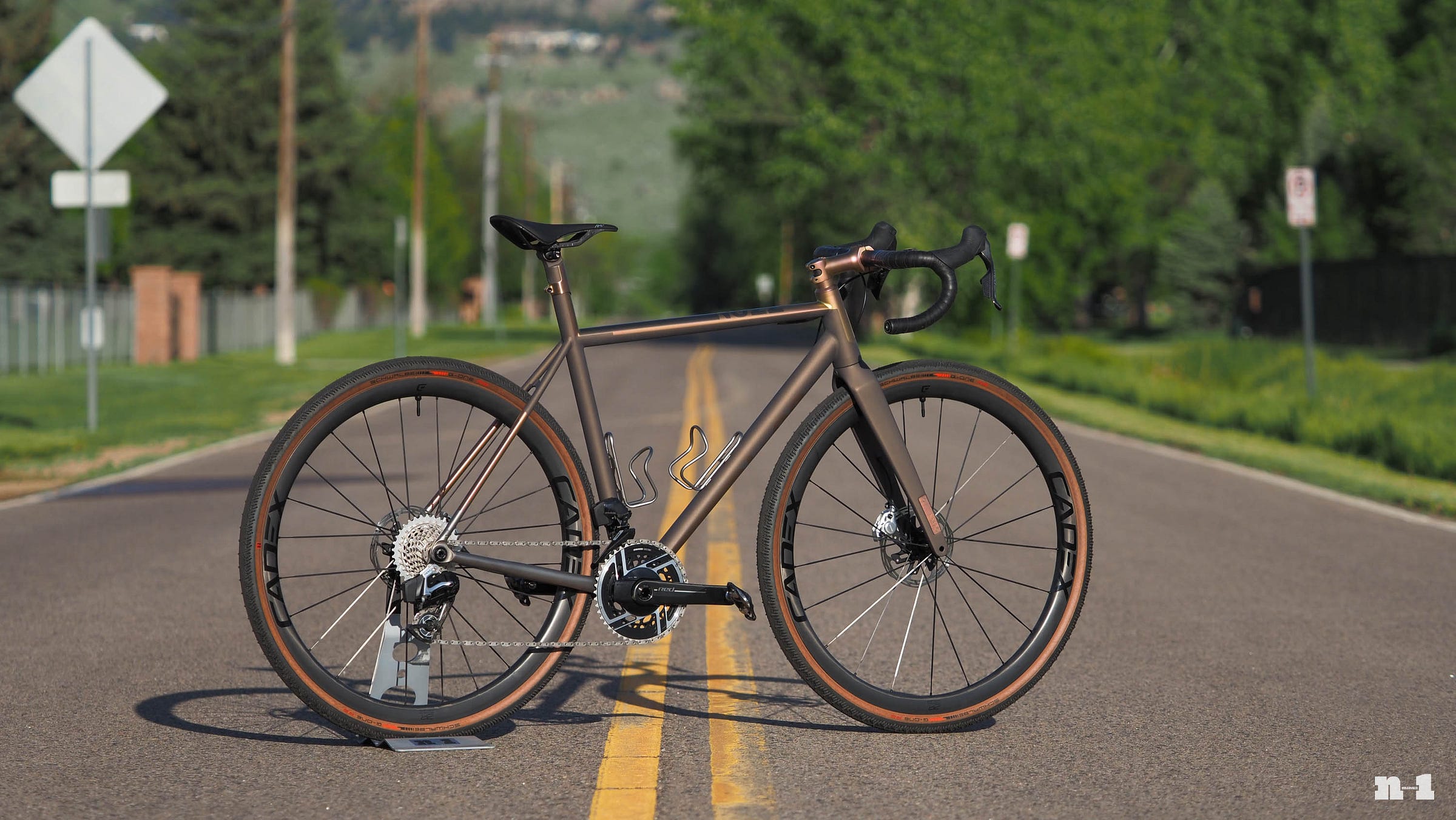
I 100% agree with James about road riding. There is a reason that I ride almost 100% off of paved roads. When I started riding in 1978 as a University of Arizona student we had a daily morning group ride. In three years we didn’t have a single incident of any kind. Fast forward to today and Tucson is a much bigger town and everyone seems in a huge rush. People drive 70 on roads with 45 limits, pass on blind corners by crossing the double yellow line, etc.. For what? Simple math says that you’d get to work a maximum of 5 minutes sooner by pulling all those crazy stunts. So, leave 5 minutes earlier and don’t drive like a maniac. You not only endanger cyclists but also other motorists and yourself. How can it possibly be worth it?
The Cable routing on that DT/Canyon Fork is cringe-worthy IMO. I suspect that no mfger of hydraulic hoses would sign off on the forces that repeated cycling of a suspension fork would cause on the hose. In the shops these days we are witnessing the early days of frustration in servicing any and all instances of the horrid internally routing everything trend. Each brand has chosen their own version on headset/stem interface which likely will be abandoned shortly hereafter. This pretty much confirms that many bike sold in the last 5 years may be unserviceable as the bike world is very quick to abandon underperforming standards with no respect given for bikes in the field. In our shop I see 6 or more unique heaset/stem/spacer standards on the daily. This can't be progress. I have also theorized that the bikes sold in the last 5+ years may begin to see many hydraulic hose failures become commonplace as the forces of vibration and friction can't help but wear these out. Maybe someone should ask AI how long until modern bikes become death traps. .. I'll ramble further to say that the one piece bar/stem has set us back 40+ years in bike fitting. Most customers do not (or will not) spend $500+ to gain the 1cm +/- often needed to improve their fit in term of bar width or stem length/drop or rise. This puts us right back to the 70's/80's (before removable faceplates) where changing a stem length or height required wrangling the stem around the bend of the drops, and re-wrapping the bars and often recabling the bike. So yes, we have gone backwards in bikefit for vanity (and maybe aerodynamics)..